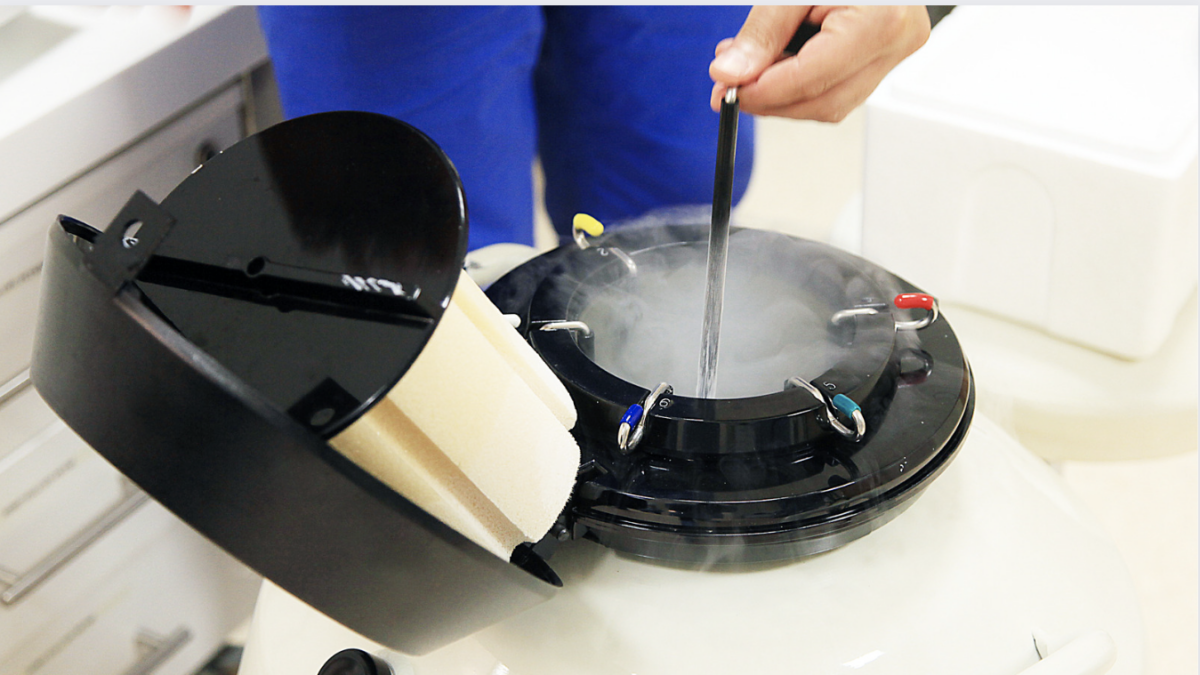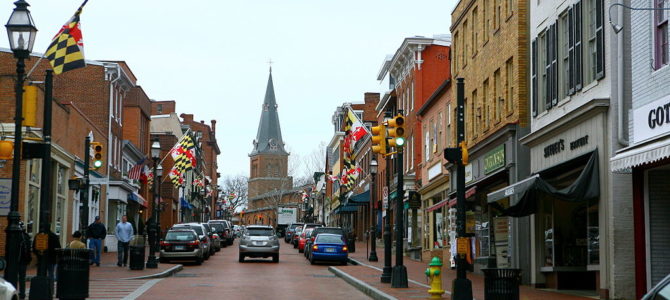
Nearly three out of every four Americans (72 percent) surveyed last week said “traditional major news sources report news they know to be fake, false or purposely misleading” at least some of the time. Axios commissioned the story and gave it a bad headline on an otherwise fine article.
Although the question dealt with not just fake but also purposely misleading news and though the overwhelming majority of Americans expressed concern, the headline was “92 percent of Republicans think media intentionally reports fake news.”
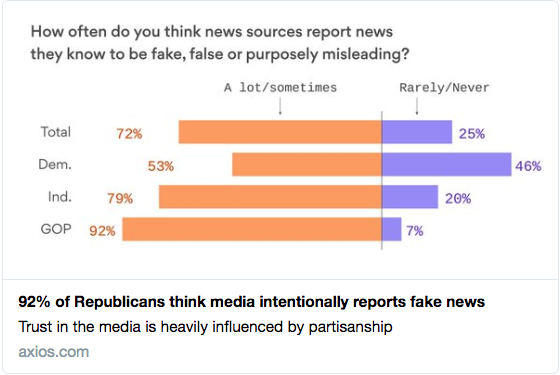
Making “fake news” a Republican-only issue when it was reported a concern of 72 percent of all Americans, including a majority of Democrats and a whopping 79 percent of Independents, is itself an example of how the media report news in a misleading fashion. The manner of reporting might also explain why Republicans are more likely than Democrats to witness purposely misleading news reports, much less be frustrated by them.
On Thursday, Wendi Winters, John McNamara, Gerald Fischman, Rebecca Smith, and Rob Hiaasen were murdered at their Annapolis newspaper by a man who had carried an intense grudge against the publication for its accurate reporting on his criminal harassment conviction in 2011. The mass shooting, which injured two others, led to speculation by many that the motive was anger at the perception of politically biased news. Various journalists and other members of the resistance began tweeting that President Donald Trump had “blood on his hands” since he has harshly and regularly condemned “fake news” and its purveyors.
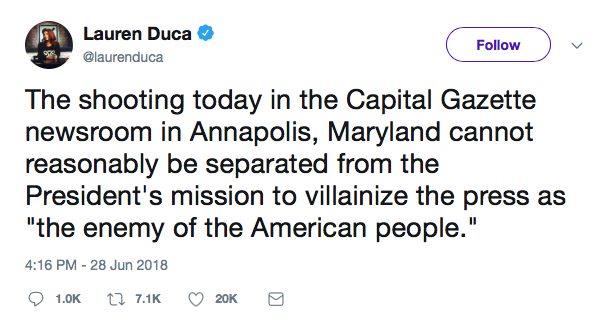
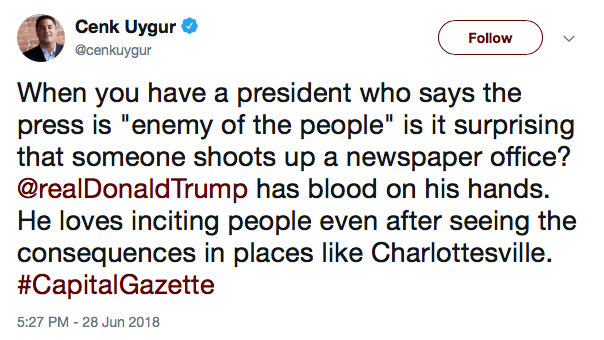
One White House reporter was even more direct:
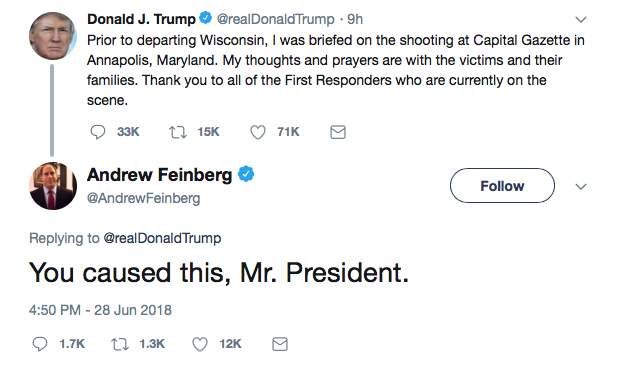
This week we also saw prominent Democratic politicians call for mobs to publicly threaten those with whom they have political disagreement, but somehow reporters didn’t wonder whether Rep. Maxine Waters or other members of the Resistance were to blame for the Annapolis shooting.
We also didn’t see them wonder if the media’s harsh treatment of Republicans led to the mass assassination attempt on a baseball field filled with Republican senators and members of Congress last June. They also didn’t wonder if anti-police rhetoric led to the targeted murders of various policemen in recent years. The blame game seems to work one way with traditional media sources.
Speculation in the absence of facts frequently leads to embarrassment. But as facts about actual motivation and state of mind of the shooter emerged, some media figures were unswayed and kept with their original speculation that Trump was to blame. Here’s the increasingly biased Maggie Haberman of The New York Times:
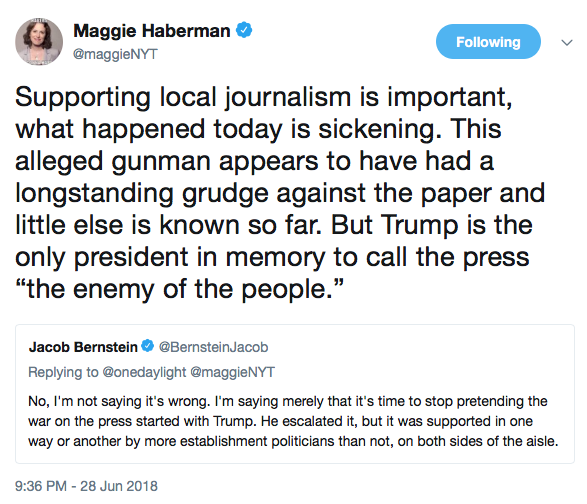
Here’s an investigative reporter for Politico, who apparently was unaware that the president had already issued a statement of condolence about the shooting:
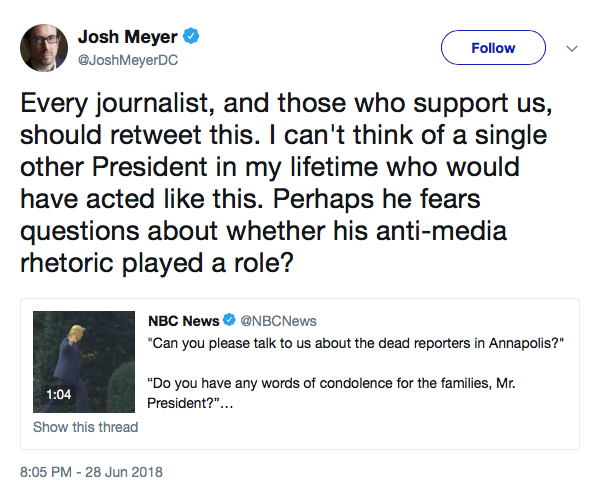
Here’s David Simon, formerly of the Baltimore Sun:
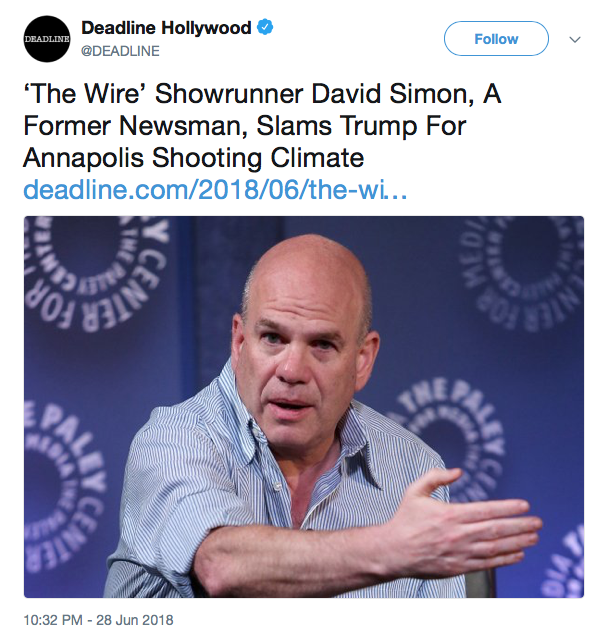
An editor for Reuters deleted his tweet and apologized for claiming President Trump had blood on his hands, but many other people in the media did not.
While journalists were convinced of their rectitude in blaming Trump despite the facts and evidence, readers didn’t share that perspective:

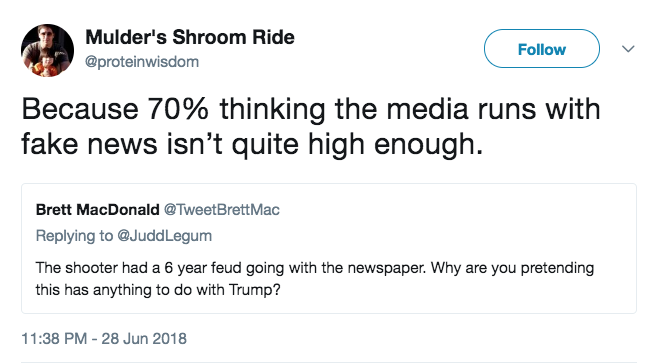
In his nightly newsletter on the media, CNN’s Brian Stelter wrote “with many people wondering if the incident was somehow inspired by his anti-media rhetoric, President Trump tweeted out his ‘thoughts and prayers’ for ‘the victims and their families.'” He didn’t identify who the “many” people were or why they wondered whether Trump’s rhetoric, rather than the calls for violence emanating from the Left this week, were at fault. Prior to the mention of anonymous and evidence-free speculation, the newsletter included criticism of Fox News for trying to find out facts regarding the shooting target.
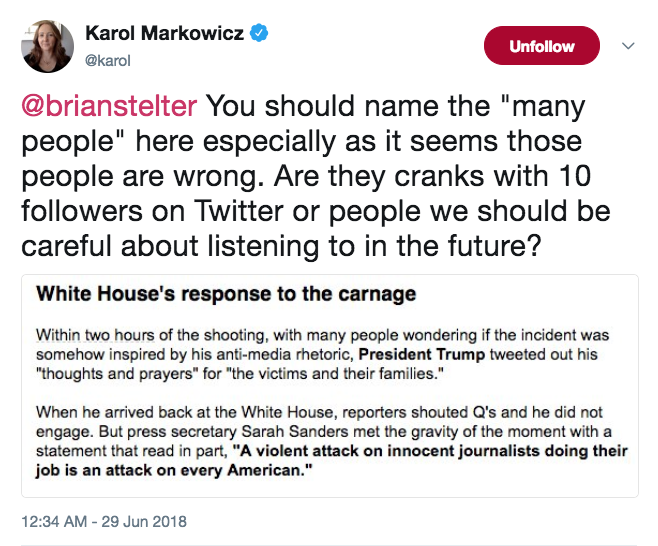
That emotions among journalists are running high is completely understandable. Blaming unrelated persons based on speculation, not evidence, is not a good response. In a climate where 72 percent of Americans say that “traditional major news sources report news they know to be fake, false or purposely misleading,” responding to a mass shooting by promulgating knowingly false narratives over hard facts is not okay. It does a service to no one — not the victims and their families, not the media, and not the general public.
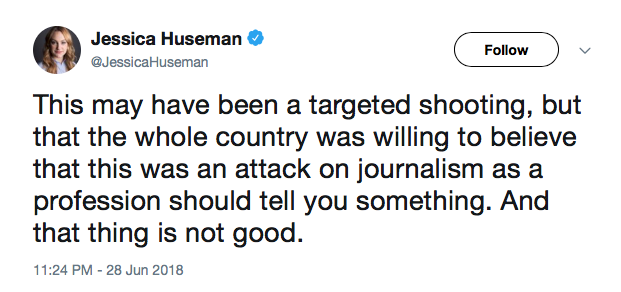
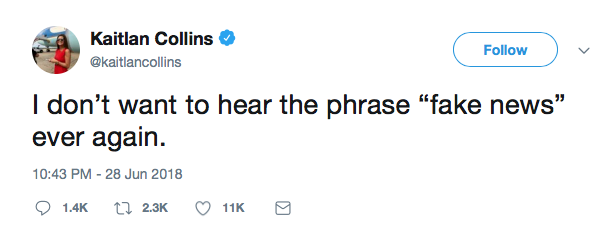
It hurts to be called out for reporting things in a purposely misleading fashion. But the response is not to demand to be free from criticism. The same First Amendment that guarantees press freedom guarantees freedom of speech, including critical speech.
The murder of five journalists by a known harasser is a horrible attack on the media industry, freedom of the press, and the foundations of our constitutional republic. The unnecessary and violent end to life for five journalists — you can read about them here, here, here, here, and here — is sickening to contemplate. It is yet another mass shooting perpetrated by someone repeatedly reported to the authorities to no avail.
Excellent journalists are reporting this story and will continue to do so. Support them in their efforts.



